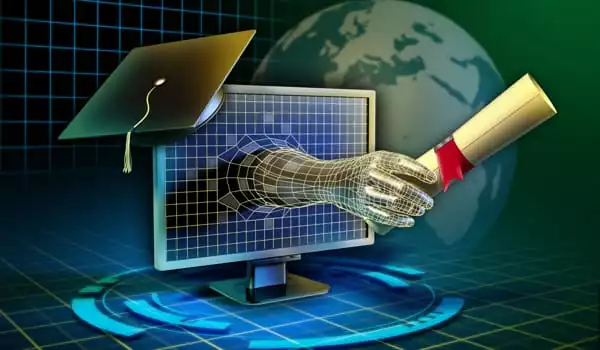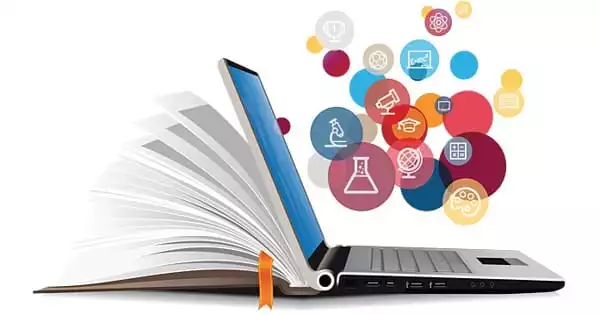Many technology enthusiasts believe that changes in the education system can only come about as a result of an amazing increase in the number of technologies that are constantly redefining the definitions of existing professions. Many people predict that traditional classroom education will be phased out in the near future, citing the fact that traditional education will not be able to sufficiently educate pupils for the new difficulties and expectations of the real world.
The way academics teach students in higher education has changed as a result of technological advancements. Students, for example, can refer to a digital copy of the topics presented in class by uploading recorded lectures online. However, traditional lecture-based education has generally treated students purely as knowledge consumers, with little possibility for student innovation or involvement.
Colleges and universities have been fast to adopt new technology, frequently before their instructional usefulness has been established. Higher education has experimented with technical breakthroughs as different as the blackboard and the personal computer throughout its history. Some technologies have become indispensible components of the higher education sector. Others, such as the slide rule and the 16-millimeter movie projector, have been phased out in favor of more sophisticated or cost-effective technologies.
This research will help teachers reconsider how they build their present courses. We need to move away from strictly lecture-based learning, in which students are simply consumers of information, and toward a more meaningful learning method with technology, in which students may come up with innovative and novel ideas in a team setting.
Isa Jahnke
Researchers at the University of Missouri have discovered that activity-based learning, as opposed to lecture-based learning, improves student creativity and learning by allowing students to use technology to build their own original ideas.
Isa Jahnke, associate professor at the MU College of Education’s School of Information Science and Learning Technologies, worked with former PhD student Julia Liebscher to investigate how European higher education professors use mobile devices in their classrooms. She discovered that professors who allowed their students to use technology in a cooperative setting to come up with a creative product or idea boosted student creativity the most.
For example, one group of history students created an app that virtually teaches users about the history of the Berlin Wall. Rather of simply lecturing the curriculum to the students, Jahnke discovered that allowing them to use technology collaboratively increased their creativity and grasp of the material.

Powerful forces are pushing for the use of new technology in higher education. The rapid advancement of globalization, which is lowering international barriers and reshaping the corporate world, is also expanding colleges’ and institutions’ potential reach. With advanced communication technology, higher education institutions are no longer constrained to student markets or instructional resources in their geographic locations.
“This research will help teachers reconsider how they build their present courses,” Jahnke added. “We need to move away from strictly lecture-based learning, in which students are simply consumers of information, and toward a more meaningful learning method with technology, in which students may come up with innovative and novel ideas in a team setting.”
Jahnke also mentioned that MU has resources, such as the Teaching For Learning Center, to assist instructors in rethinking their course designs in the face of an ever-changing educational context.
“If we have colleges that produce more creative-thinking individuals, we will have more people who can help come up with solutions to all of society’s major concerns,” Jahnke said. “Creativity can lead to greater inventors, entrepreneurs, and company owners, but first we must question ourselves as educators if we are putting our pupils in positions to be creative in the first place.”
Despite the promise of technology, its adoption in higher education has been slow and painful. Within colleges and universities, there are numerous hurdles to technological innovation. Many instructors are hesitant to adopt alternative educational methodologies that use computers or telecommunication devices because of academic traditions such as the faculty-centered lecture. Many technical applications are also prohibitively expensive, making them difficult to implement in many resource-constrained institutions.
Technology can also assist in making education a far more dynamic and collaborative experience. Email, course-based websites, and computer-based chat rooms are just a few of the technology-enabled services that help students communicate and collaborate. Education experts’ research has revealed that collaborative learning chances improve recall, comprehension, and problem solving. Even among students who do not live in the same geographic area and cannot meet face to face, technology may substantially facilitate the work of collaborative design teams, peer writing groups, and other sorts of collaborative learning groups.





